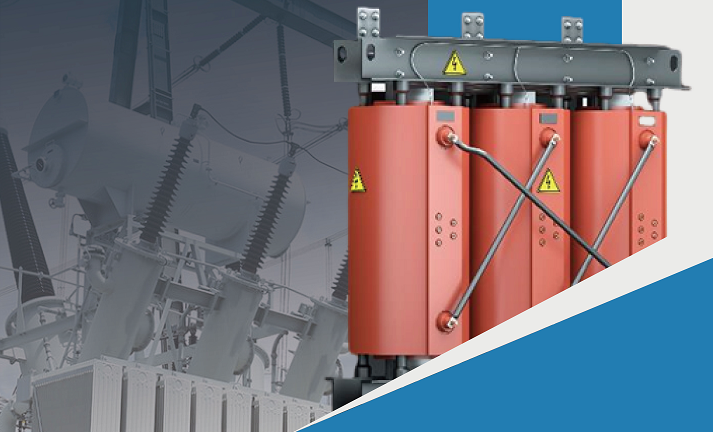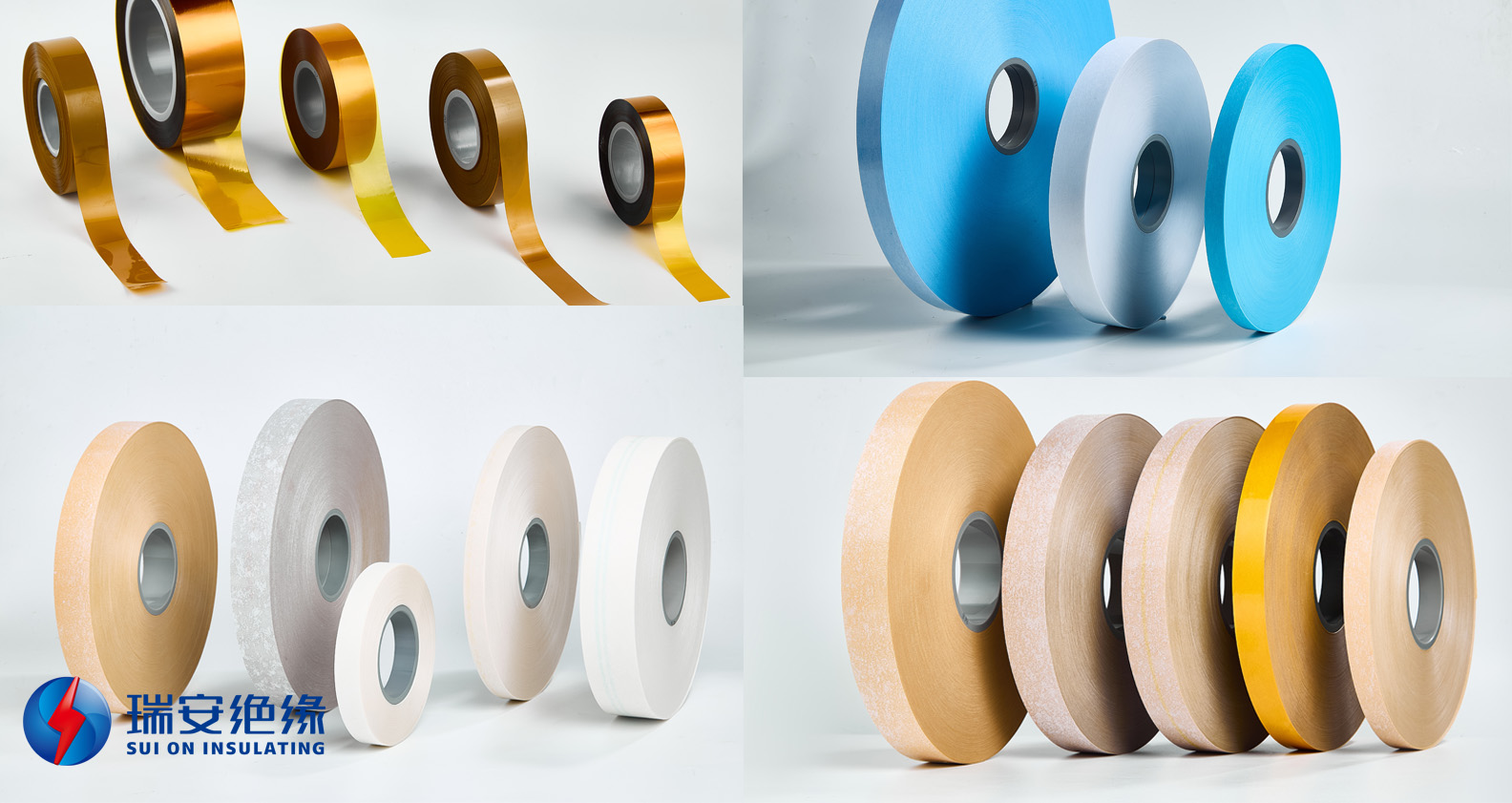While dry-type transformers (DTT) and liquid-filled transformers (LFT) share similar core components,such as iron cores, coils, and leads,their insulation methods differ markedly. Dry-type transformers primarily utilize high-temperature insulation materials that have undergone safety certification and earned UL approval, whereas liquid-filled transformers rely on insulating oil and cellulose-based insulators with high dielectric strength, including insulating paper, insulating cardboard, and wood.
Sui On Insulation provides a wide range of insulation materials and components for all types of transformers, encompassing both dry-type and liquid-filled variants. Backed by a professional technical team, we assist clients in understanding the technical parameters of insulation materials and delivering tailored solutions, whether for large liquid-filled transformers, dry-type distribution transformers, or small low-voltage transformers.

Dry-type transformers – their cores and windings are not submerged in insulating liquids; instead, they rely on air or other gases for both insulation and cooling.
Unlike liquid-immersed transformers, which use insulating fluids to insulate and cool windings, dry-type transformers utilize high-temperature-resistant insulating materials to operate without any cooling liquids.
Sui On Insulation specializes in supplying such high-temperature-resistant insulation materials for dry-type transformers. Common offerings include epoxy resins, Nomex, and Soflex insulation products rated for 155℃ (Class F), 180℃ (Class H), and even 220℃ (Class C). These materials have been tested to UL standards, verifying their chemical compatibility and safety with numerous UL-recognized insulation systems.
Layer-wound dry-type transformers are most commonly used in low-voltage (<600V class) applications. They are called "layer-wound" because their coils are constructed by winding one layer of conductor around an insulating winding form, followed by wrapping a layer of insulating material around the conductor.
The coil manufacturing process involves alternately winding conductor layers and insulating layers in sequence according to design requirements. Between the interlayer coils, a layer of flexible insulating material is usually placed, such as Nomex aramid paper, YT510 aramid paper, or Soflex flexible insulation materials.
Disc-wound dry-type transformers – compared to layer-wound ones, they are typically suited for higher-voltage applications. When conductors are wound around the coil, they form a series of stacked "discs" with air gaps between them. This structure effectively optimizes heat dissipation and insulation performance, meeting the operational demands of high-voltage environments.
Disc-wound dry-type transformers require insulation materials that resist high temperatures and voltages, including Nomex pure paper, Soflex NMN insulation paper, and Kapton film.
Low-voltage small transformers cover a range of low-voltage transformer types widely utilized in electronic equipment applications. Boasting a typical rated voltage of less than 600V, they commonly employ insulation materials such as DuPont Nomex insulating paper and Mylar film.

In ensuring the safe operation and optimal performance of dry-type transformers, insulation materials and components serve as critical cornerstones. By selecting high-quality insulation solutions from Ruian Insulation, manufacturers can fundamentally enhance transformers' insulation performance, boost their tolerance and insulating capabilities, while concurrently achieving meaningful cost reductions in production—thus solidifying a robust quality foundation for the manufacturing and application of dry-type transformers.